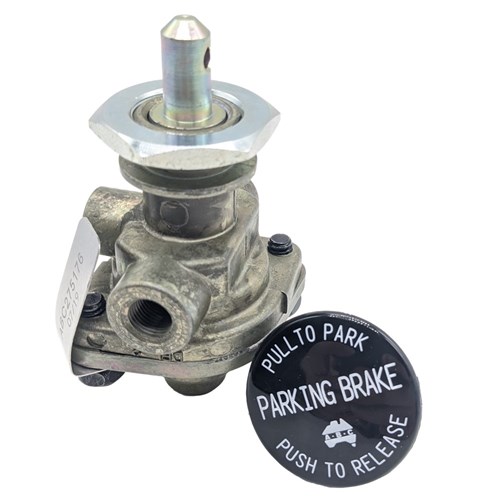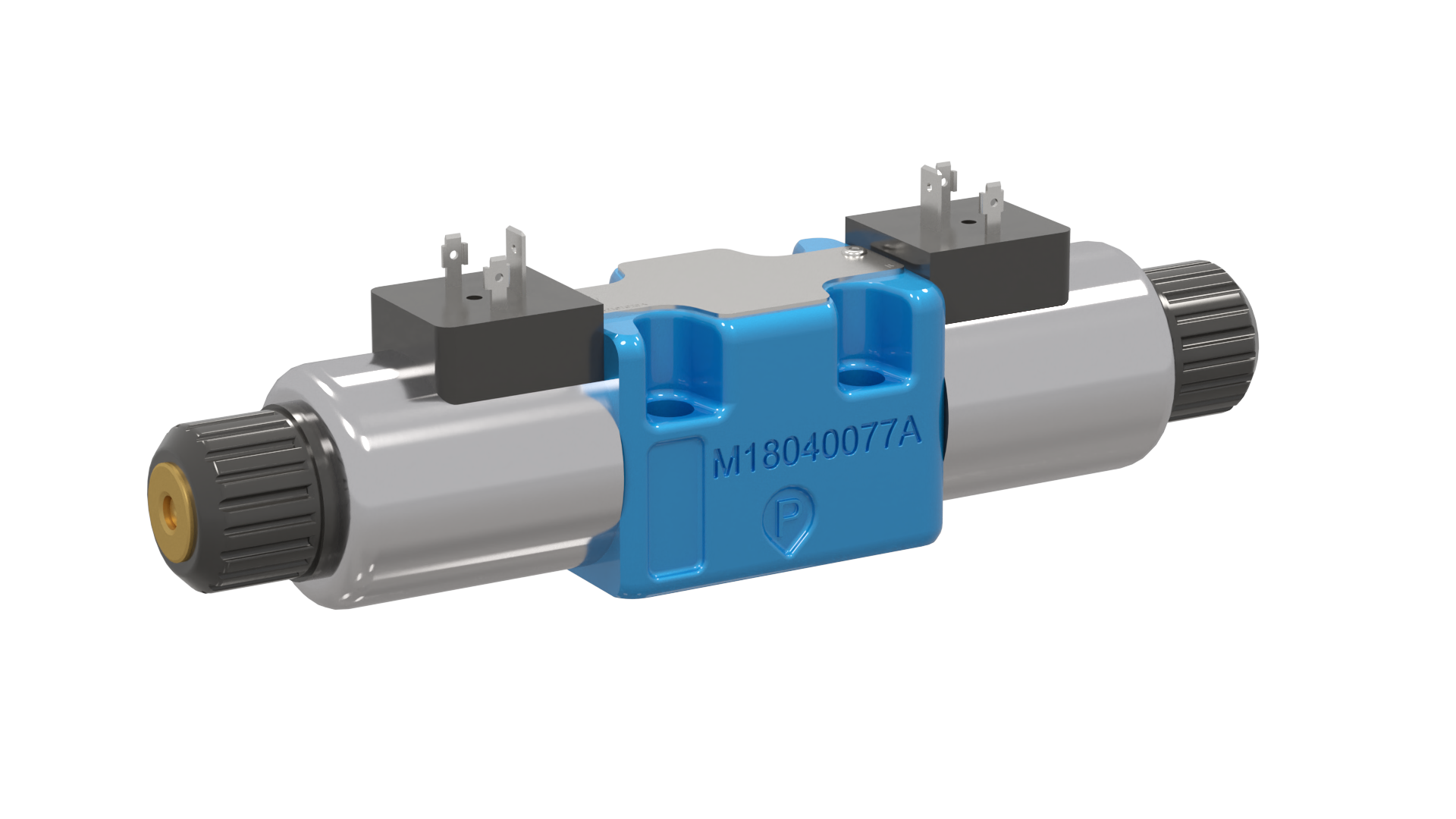Comprehending the Value of Control Valves in Process Automation
Comprehending the Value of Control Valves in Process Automation
Blog Article
Achieve Seamless Integration and Control With Quality Structure Automation Controls
In the realm of modern structure monitoring, the significance of high quality building automation controls can not be overemphasized. Accepting quality structure automation controls is not merely a matter of benefit yet a tactical imperative for organizations intending to maximize their facilities' efficiency and sustainability.

Evolution of Building Automation Controls
Throughout the past few decades, the evolution of constructing automation controls has substantially changed the method buildings are managed and operated. Developing automation systems mostly focused on fundamental functions such as managing heating, air flow, and air conditioning (A/C) systems. Nonetheless, as innovation advanced, these controls have actually come to be a lot more innovative, enabling a larger variety of structure systems to be incorporated and taken care of centrally.
The development of developing automation controls has actually seen a shift towards more intelligent systems that can adjust to altering problems in real-time. This flexibility is vital for maximizing energy efficiency and ensuring owner comfort. Furthermore, modern structure automation controls now offer attributes such as predictive upkeep, remote surveillance, and data analytics, making it possible for facility supervisors to make data-driven choices to improve structure performance.

Benefits of Quality Assimilation
The advancement in building automation controls towards even more smart systems has actually highlighted the substantial advantages of quality assimilation in optimizing building procedures and boosting general efficiency. Quality integration of developing automation controls provides several vital benefits. It leads to enhanced power efficiency by permitting various systems to work with each other perfectly, ensuring optimum efficiency and lowering power waste. High quality assimilation boosts owner convenience and efficiency by making it possible for individualized control over ecological settings like temperature level, lights, and air quality. This customization can cause a more favorable and comfortable working or living atmosphere. Furthermore, top quality integration simplifies upkeep and repairing processes, as all systems are adjoined and can be kept an eye on and managed from a centralized interface. This central control additionally offers much better exposure and insights into structure efficiency, allowing aggressive upkeep and optimization methods. Overall, the advantages of quality combination in structure automation controls are obvious, supplying raised efficiency, comfort, and functional performance.
Boosted Individual Experience and Accessibility
Enhancing individual communication with structure automation regulates through instinctive layout and boosted ease of access raises the total experience for owners and center managers alike. By concentrating on individual experience, building automation systems can come to be a lot more effective and user-friendly. Intuitive user interfaces, clear navigating, and adjustable settings encourage individuals to communicate with the controls conveniently and efficiently.
Accessibility features play a critical role in guaranteeing that all people, consisting of those with disabilities, can utilize the building automation controls easily. Including features such as voice commands, tactile switches, and color-contrasted screens can improve access and make the controls much more comprehensive.
Moreover, improved customer experience causes higher individual contentment, increased efficiency, and much better decision-making. Residents can change ecological setups according to their choices, while center supervisors can successfully handle and keep track of building systems - control valves. Generally, focusing on individual experience and availability in building automation regulates adds to a much more seamless and efficient building have a peek at this site environment for all stakeholders included
Sustainable Practices Through Automation

Furthermore, automation can help with the assimilation of eco-friendly power sources such as solar panels or wind generators into building procedures. Through automation, structures can line up with modern-day sustainability objectives and contribute to a greener future.
Future Trends in Structure Control Systems
One popular pattern forming the future of structure control systems is the increased assimilation of Artificial Intelligence (AI) and maker discovering. Additionally, the Web of Things (IoT) is changing building control systems by connecting gadgets and sensors to enhance operations and boost performance.
One more essential pattern is the focus on cybersecurity actions to shield versus possible dangers to constructing automation systems. As buildings end up being extra interconnected, making certain robust cybersecurity methods will certainly be necessary to protect sensitive information and prevent unauthorized gain access to.
Moreover, the shift in the direction of cloud-based platforms is acquiring momentum, enabling for centralized control and remote access to structure systems. This promotes less complicated monitoring, upkeep, and updates, boosting the general efficiency and adaptability of structure control systems. As modern technology proceeds to development, these patterns are expected to form the future landscape of structure automation controls, driving technology and sustainability in the constructed setting.
Verdict
Finally, developing automation controls have developed substantially, using countless benefits such as enhanced user experience, accessibility, and sustainable methods. Quality combination plays a vital function in attaining smooth control and reliable operation of building systems. Future patterns in building control systems are my explanation most likely to concentrate on more boosting automation capacities for improved power performance and total efficiency. It is important for building owners and drivers to focus on the adoption of high quality building automation controls to optimize structure operations and attain long-term sustainability goals.
In the world of modern-day structure management, the value of top quality structure automation controls can not be overstated. Generally, the advancement of structure automation manages continues to drive innovation in the building management sector, offering brand-new opportunities for producing smarter and much more lasting structures.
The improvement in structure automation manages in the direction of more smart systems has actually emphasized the significant advantages of top quality integration in optimizing structure operations and enhancing general efficiency. Generally, focusing on individual experience and ease of access in structure automation controls contributes to a more efficient and smooth building setting for all stakeholders included.
It is important for building proprietors and operators to focus on the adoption of quality structure automation regulates to maximize building operations and achieve lasting sustainability objectives. - control valves
Report this page